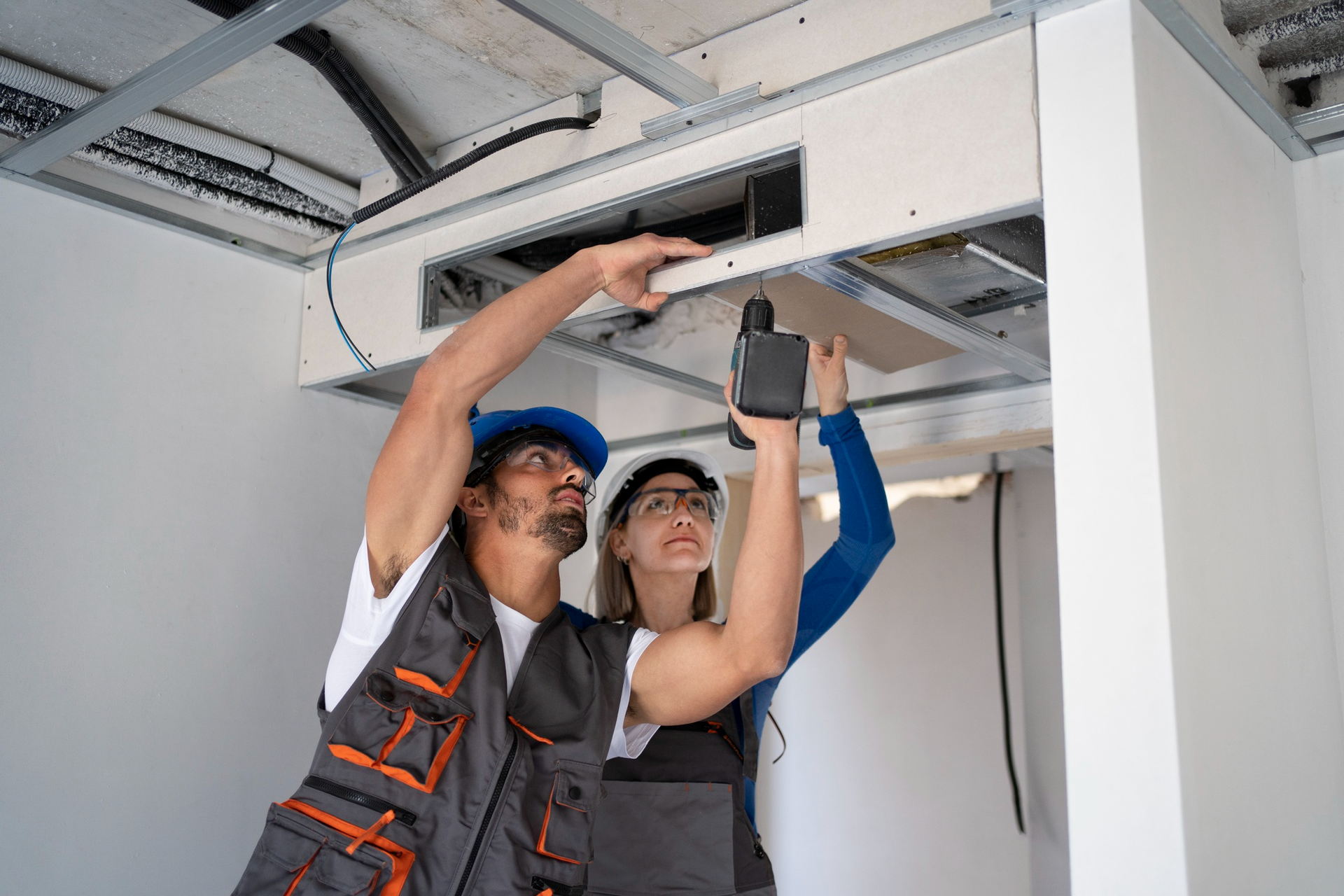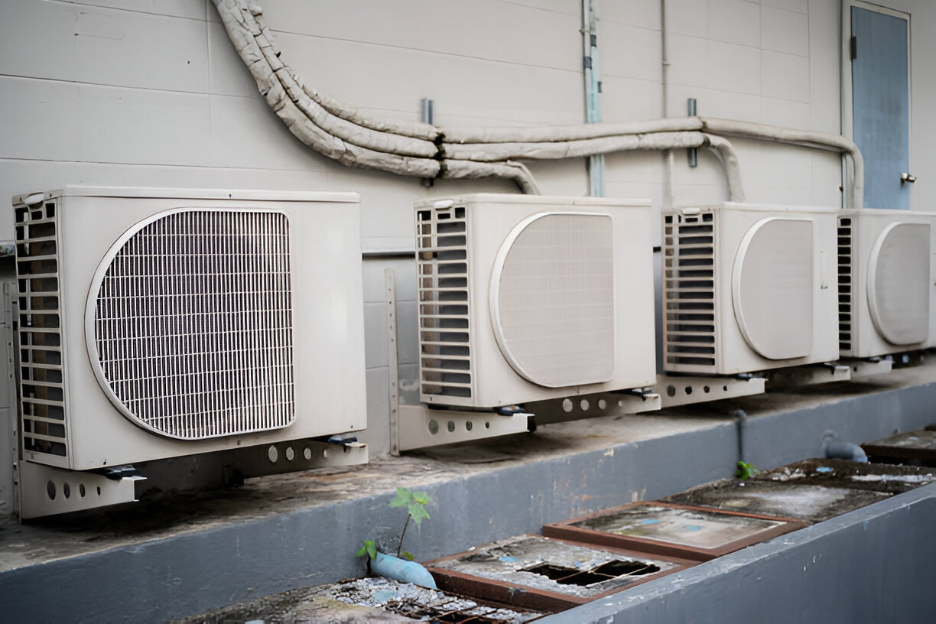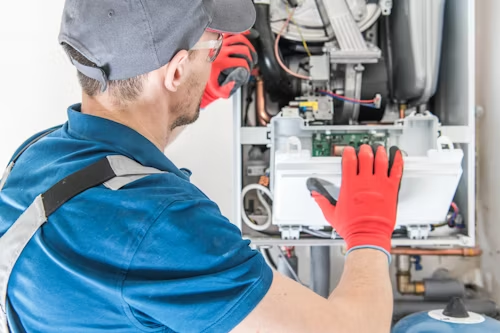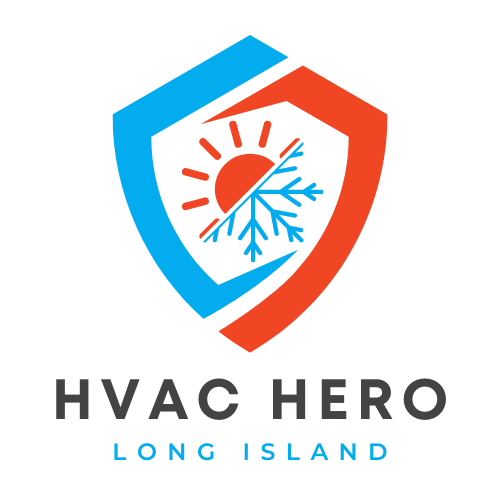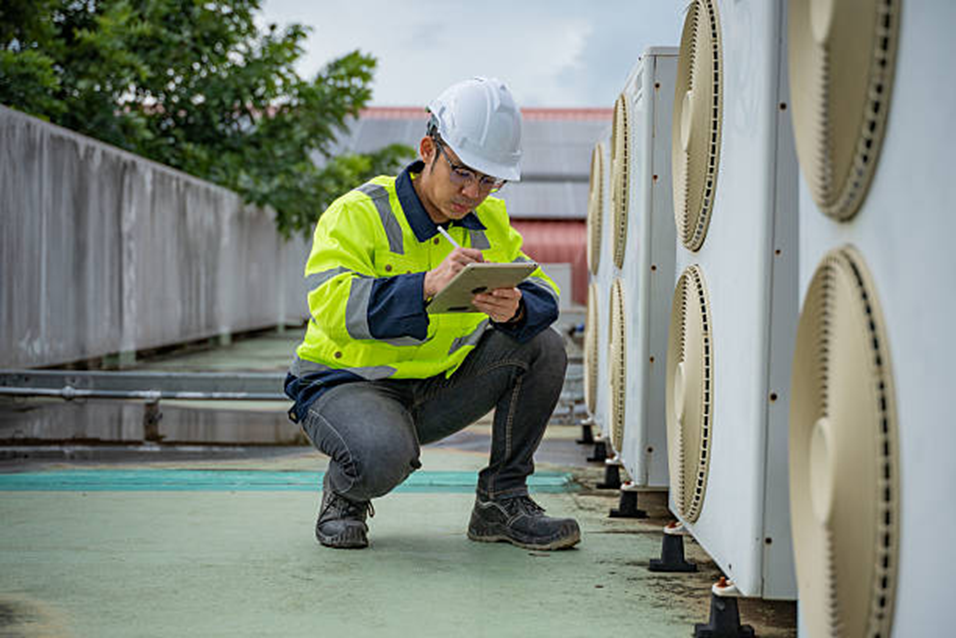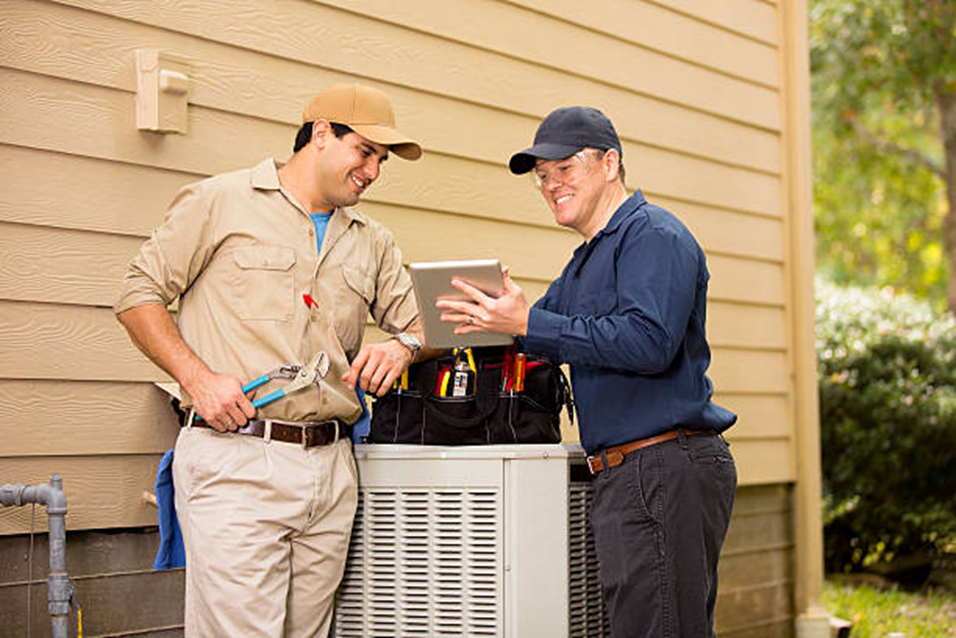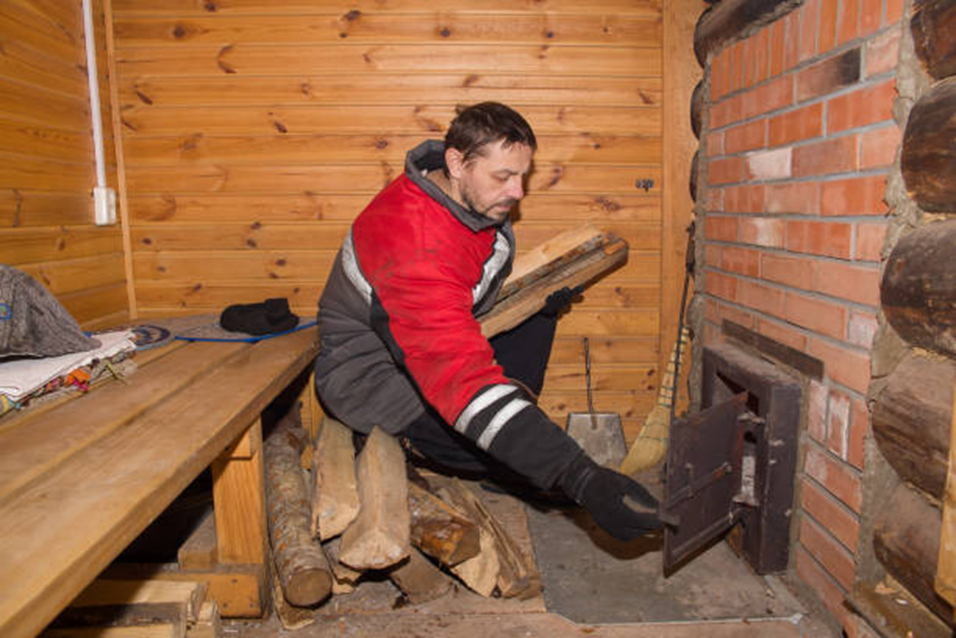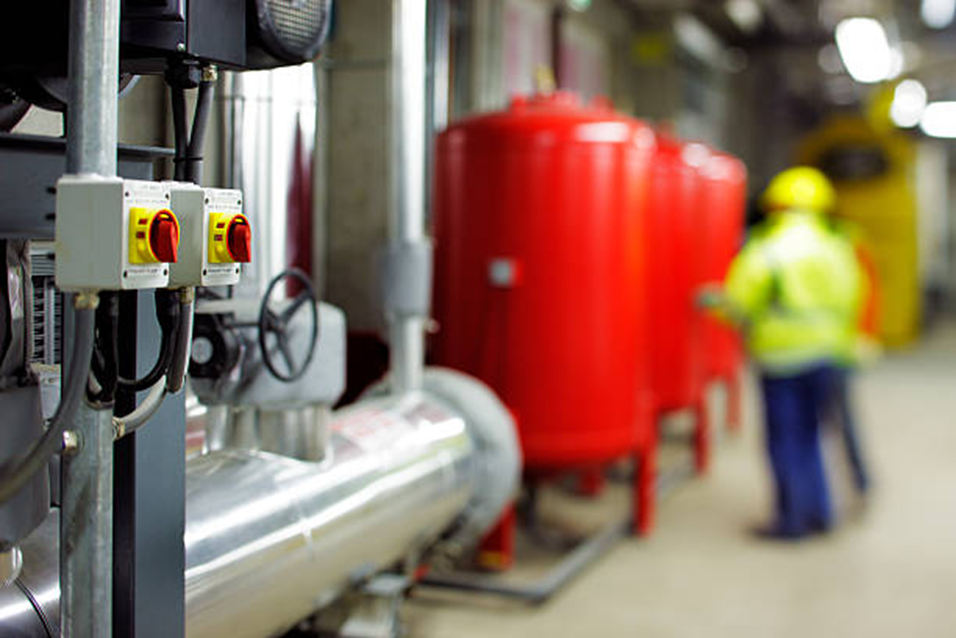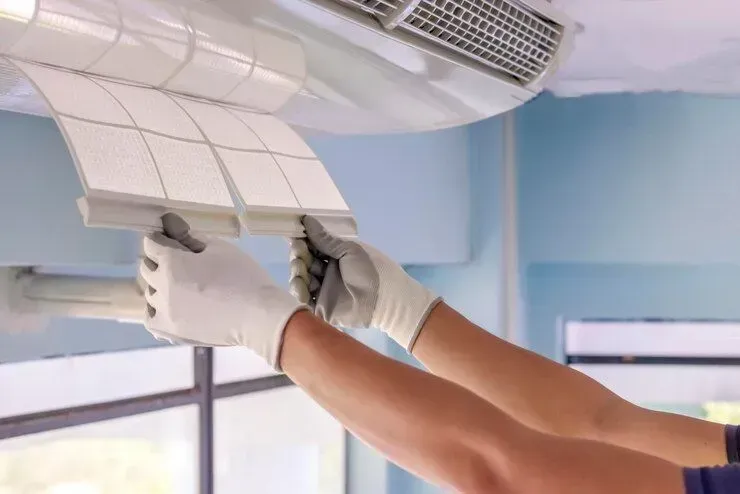Preparing Your Commercial Heating System for Winter in Long Island
Winter Prep for Commercial Heating in Long Island
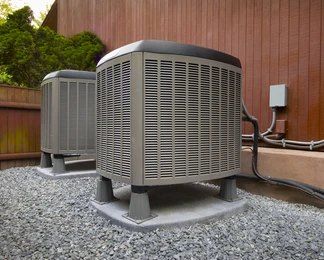
Winter in Long Island can be harsh, with freezing temperatures putting your commercial heating system to the test. Ensuring your system is ready for the cold months isn’t just about keeping your business warm; it’s also about avoiding costly breakdowns, reducing energy bills, and maintaining a comfortable environment for employees and customers. This guide will walk you through the key steps to prepare your commercial heating system for winter so you can stay ahead of the chill.
1. Schedule a Professional Inspection
Before winter hits, book a professional HVAC inspection to ensure your heating system is in peak condition. A certified technician will:
- Check for potential issues like worn-out parts or leaks.
- Test the system’s efficiency and performance.
- Perform routine maintenance, such as cleaning components and replacing filters.
Regular inspections can catch minor issues before they escalate into costly repairs during the peak heating season.
2. Replace or Clean Air Filters
Dirty or clogged air filters force your heating system to work harder, reducing efficiency and increasing energy costs. Replace or clean filters regularly, especially before winter begins. This simple step:
- Improves indoor air quality.
- Ensures optimal airflow.
- Reduces wear and tear on the system.
3. Test the Thermostat
A well-calibrated thermostat is crucial for maintaining a comfortable indoor temperature without wasting energy. Test your thermostat to ensure it’s functioning properly. Consider upgrading to a programmable or smart thermostat, which can:
- Automatically adjust temperatures based on occupancy.
- Reduce energy consumption during off-hours.
- Provide remote access for convenient control.
4. Inspect Ductwork and Vents
Leaky ducts or blocked vents can cause uneven heating and increase energy waste. Have a professional inspect your ductwork for leaks and seal them if necessary. Additionally:
- Ensure vents are clean and unobstructed by furniture or equipment.
- Check for any signs of damage or wear in the duct system.
Proper airflow is essential for efficient heating.
5. Check the Boiler or Furnace
If your commercial heating system relies on a boiler or furnace, ensure it’s ready for winter by:
- Inspecting for signs of corrosion or leaks.
- Testing safety controls and pressure settings.
- Cleaning burners and heat exchangers.
A well-maintained boiler or furnace ensures consistent heating throughout the season.
6. Insulate Pipes and Equipment
Frozen pipes can lead to significant damage and costly repairs. Protect your system by:
- Insulating exposed pipes, especially in unheated areas.
- Using heat tape or heating cables for additional protection.
- Ensuring the boiler room or mechanical space is adequately heated.
Proper insulation prevents heat loss and keeps your system running efficiently.
7. Review Your Energy Efficiency
Winter can lead to higher energy bills if your heating system isn’t operating efficiently. Take these steps to optimize energy usage:
- Upgrade to energy-efficient components if needed.
- Monitor energy consumption and identify areas for improvement.
- Consider energy audits to pinpoint inefficiencies in your system.
Improving efficiency saves money and reduces your business’s environmental impact.
8. Develop a Maintenance Plan
A proactive maintenance plan is key to avoiding unexpected breakdowns during winter. Work with a reliable commercial HVAC provider to:
- Schedule routine inspections and servicing.
- Establish a checklist for ongoing maintenance.
- Ensure quick access to emergency repair services if needed.
Consistency in maintenance keeps your system running smoothly all season long.
Conclusion
Preparing your commercial heating system for winter is a crucial step in ensuring comfort, efficiency, and reliability during Long Island’s cold months. By scheduling professional inspections, maintaining components, and optimizing energy efficiency, you can avoid costly repairs and keep your business running smoothly. Don’t wait until the first cold snap—start preparing your system today to enjoy a worry-free winter.
Need help getting your commercial heating system ready? Contact a trusted HVAC provider in Long Island for expert support and service.
Frequently Asked Questions (FAQs)
How often should I schedule professional maintenance for my commercial heating system?
Ideally, schedule maintenance twice a year—once before winter and once before summer—to ensure optimal performance.
What are the benefits of a programmable thermostat for commercial buildings?
Programmable thermostats reduce energy waste, maintain consistent temperatures, and lower heating costs by adjusting settings automatically based on your schedule.
How can I tell if my ductwork has leaks?
Common signs include uneven heating, higher energy bills, and visible gaps or damage in the duct system. A professional inspection can confirm and address the issue.
